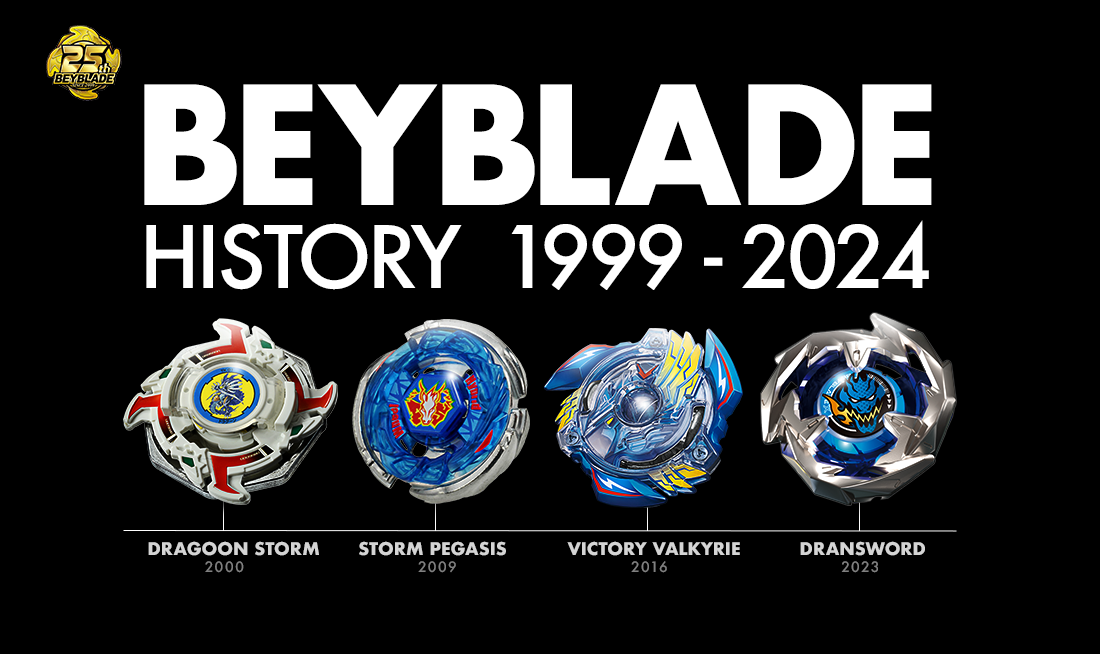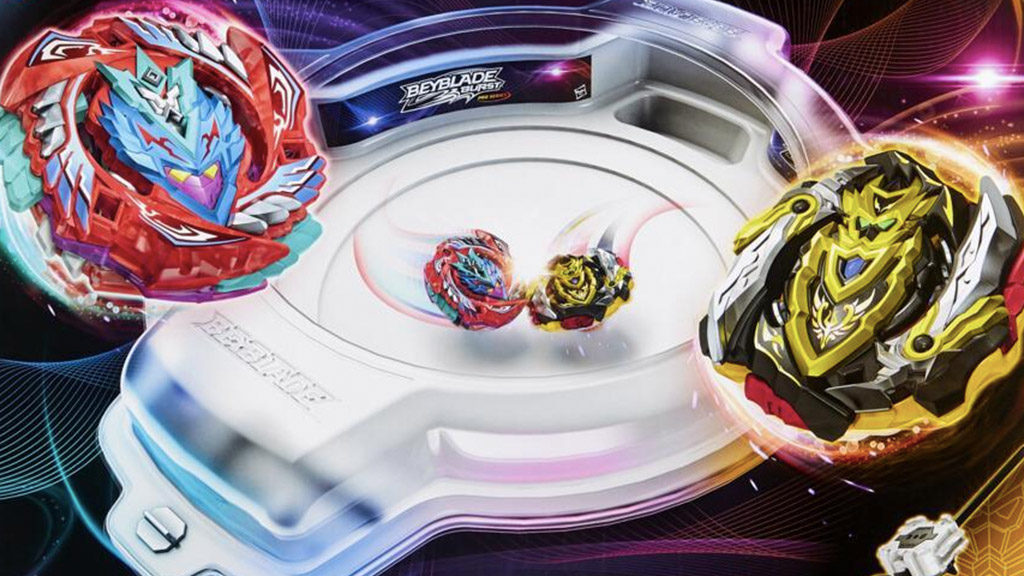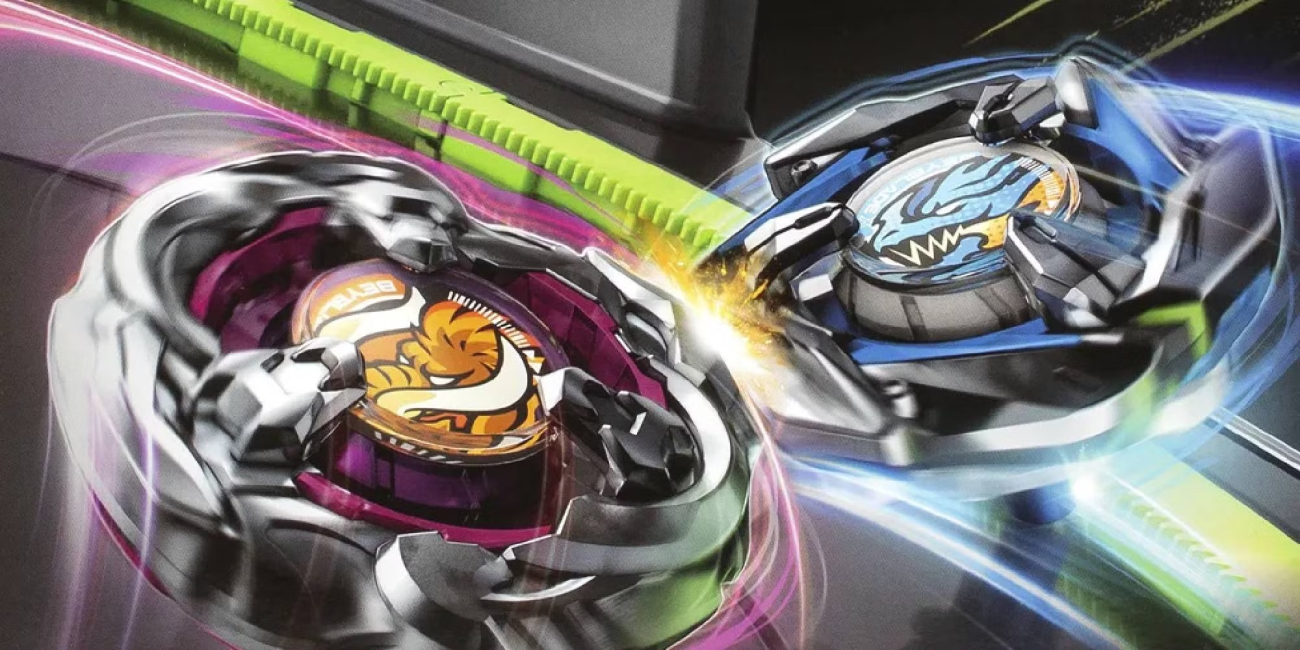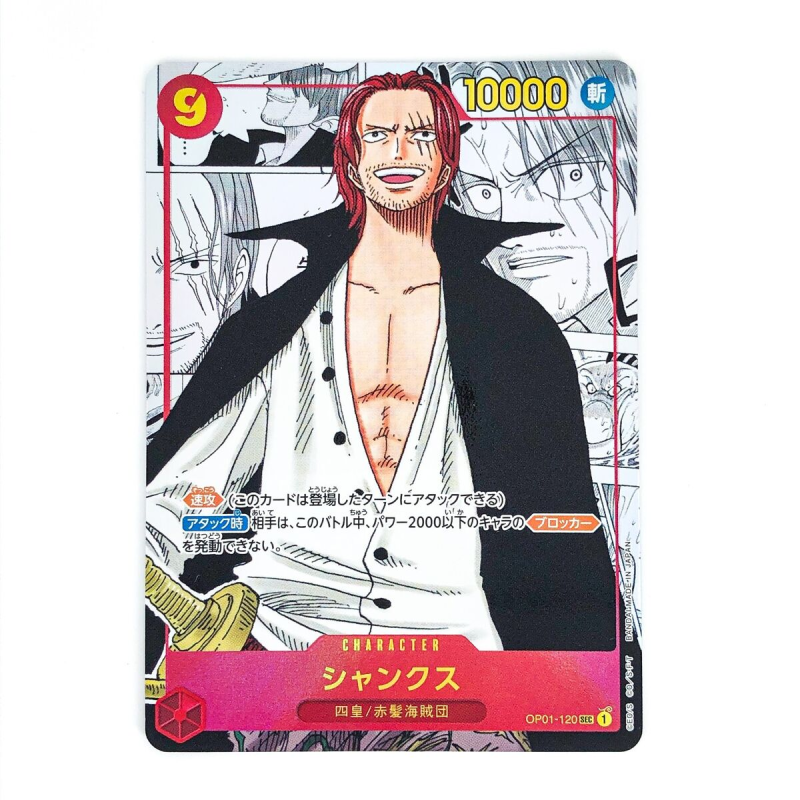The Evolution of Beyblade: From Playtime to Pro Battles

The Beyblade, a spinning top that took the world by storm, was launched in 1999 by Takara Tomy, a Japanese toy company. More than just a toy, Beyblades are high-performance spinning tops that can be customized with different parts to create unique strategies for intense battles.
A Legacy Rooted in Tradition: The Precursors of Beyblade
While the Beyblade concept as we know it emerged in the late 20th century, its roots can be traced back millennia. Archeological discoveries have unearthed spinning tops in ancient civilizations, from Mesopotamia to Egypt, hinting at their universality as a form of entertainment and competition.
Fast forward to 17th century Japan, where the “beigoma” emerged. These traditional spinning tops, crafted from materials like seashells filled with sand and melted lead, laid the groundwork for what would later become the Beyblade. Beigoma competitions thrived in Japan for centuries, fostering a culture of skill and strategy that would resonate with the Beyblade concept centuries later.
The Birth of a Spinning Sensation: Takara Tomy Enters the Arena (1998-1999)
The story of Takara Tomy Beyblades truly begins in 1998 with Hiro Morita, a toy designer at Takara (later merging with Tomy in 2006). Morita envisioned a game that combined the timeless appeal of spinning tops with the strategic depth of collectible card games. This innovative concept led to the development of “Next Generation Beigoma Battle Beyblade,” with the first three models launched in July 1999.
These initial Beyblades offered a glimpse into their potential. They incorporated features like rubber axes, showcasing a focus on performance and customization that would become a hallmark of the franchise. Although not an immediate global success, these early Beyblades laid the foundation for what was to come.
A Strategic Partnership: Launching Beyblades into the Mainstream (2000-2001)
Recognizing the Beyblade’s potential, Takara began collaborating with media partners to broaden the toy’s reach. A manga series launched in 1999, introducing characters and storylines that would resonate with young audiences. However, the true catalyst for the Beyblade craze arrived in 2001 with the premiere of the “Beyblade” anime series.
The anime followed a group of young Beybladers, each with their own unique Beyblade and battling style. The series captured the hearts of children worldwide, showcasing the thrill of Beyblade battles, the spirit of competition, and the importance of friendship. The popularity of the anime fueled the demand for Beyblade toys, propelling them into the mainstream.
Global Domination: Innovation and Expansion (2002-Present)

With the Beyblade craze in full swing, Takara Tomy capitalized on the momentum to solidify the franchise’s global dominance. The early 2000s saw a rapid expansion of the Beyblade toyline.
- Customization Revolution: The introduction of the four-part Beyblade system (Face Bolt, Attack Ring, Weight Disk, and Bottom Piece) in 2008 revolutionized customization. Players could now mix and match components to create unique Beyblades tailored to their preferred battling style. This innovation significantly increased engagement and replayability, contributing significantly to the Beyblade’s enduring popularity.
- Technological Advancements: Throughout the years, Takara Tomy has incorporated new technologies into Beyblades. Features like magnetic locks, pressure-activated abilities, and motorized launchers have added depth and complexity to battles, keeping the gameplay fresh and exciting for players of all ages.
- Expanding the Universe: The Beyblade franchise extended beyond toys and anime. Video games, trading card games, and various merchandise lines were launched, immersing fans in the Beyblade world further. This multimedia approach not only boosted sales but also fostered a strong sense of community amongst Beybladers worldwide.
The Enduring Legacy of Takara Tomy Beyblades
More than two decades after their initial launch, Takara Tomy Beyblades remain a global phenomenon. Their success can be attributed to several factors:
- Strategic Depth: Beyblade battles require not just brute force but also strategic thinking and planning. Players need to consider their Beyblade’s components, their opponent’s strengths and weaknesses, and the layout of
- Blending Tradition and Innovation: Beyblades draw inspiration from a long-standing tradition of spinning top games, offering a familiar concept with innovative features and customization options.
Experience the authentic thrill of Beyblade with Takara Tomy. Find your perfect Beyblade at Toy Of Japan and elevate your gameplay.












